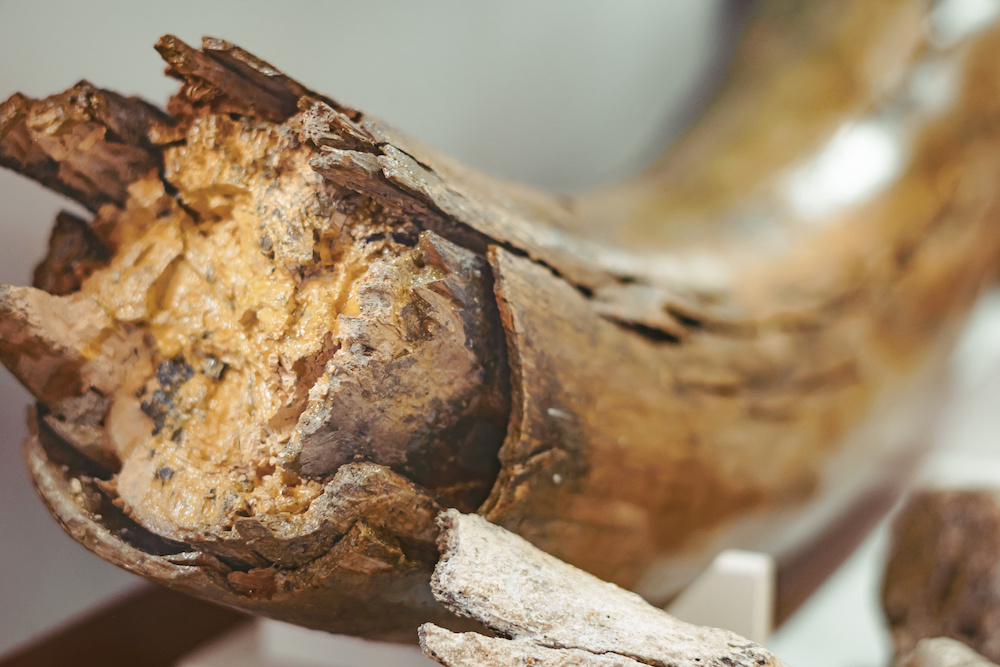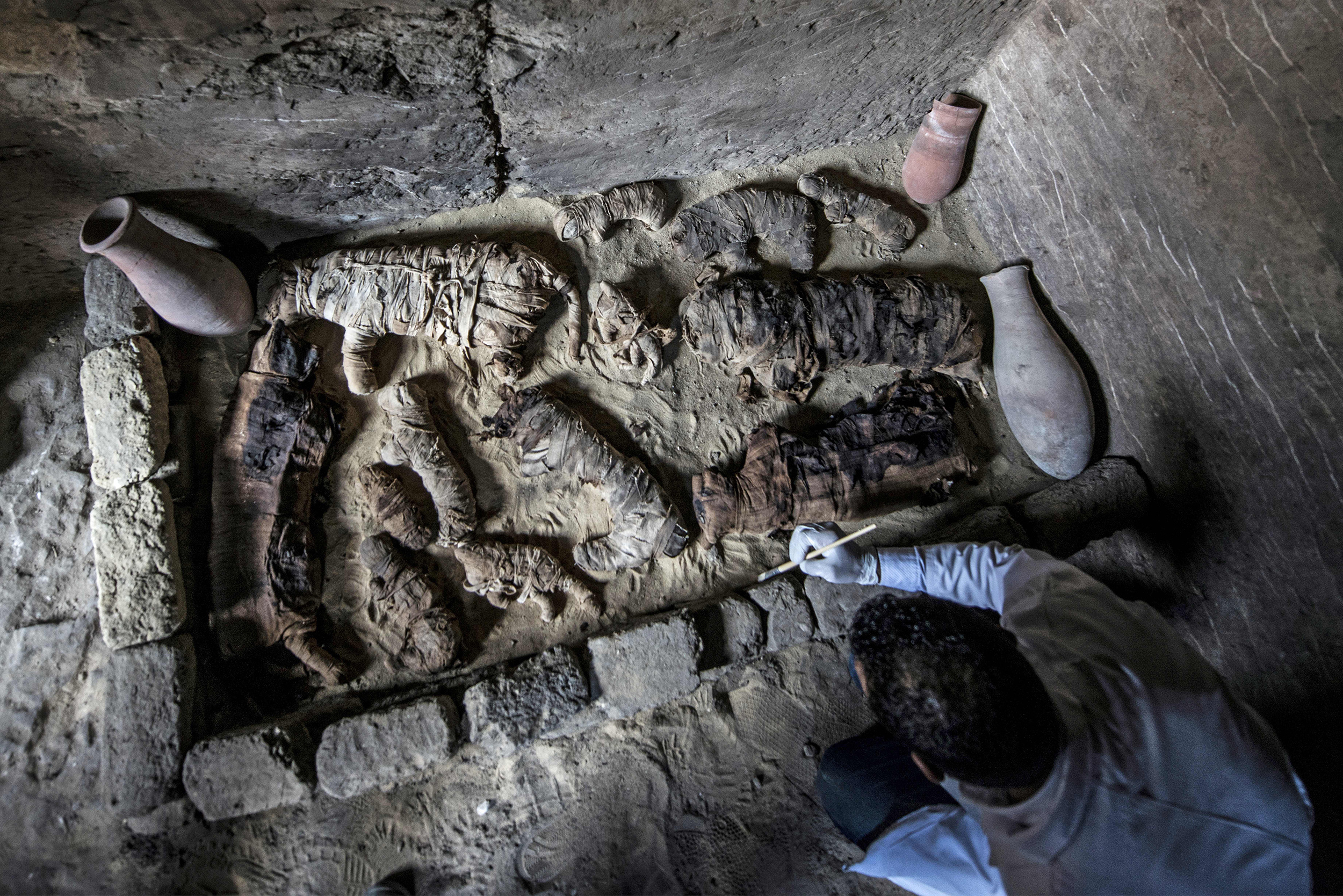Kunga: How ancient Mesopotamians created the world’s first hybrid animal
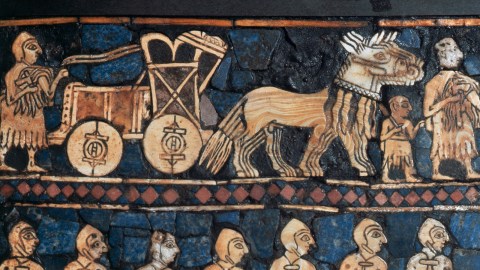
- Numerous cuneiform tablets reference Mesopotamia’s widespread reliance on a mysterious equid: the kunga.
- The kunga, genetic analysis of fossilized specimen has determined, was one of the world’s very first hybrid animals.
- The hybrid animal was created by crossing a servile donkey with a powerful wild horse.
It is widely believed that the first complex human societies began in ancient Mesopotamia. There, more than three millennia before the birth of Christ, a new kind of human community began to emerge, one that was characterized by three distinct qualities: literacy, agriculture, and the breeding, application, and selling of “kunga.” Among archeologists, the kunga is known as one of humanity’s first beasts of burden. Now, DNA research suggests that this striking equid may have also been the earliest human-made hybrid animal.
According to cuneiform texts, the kunga was one of six equids known to the Syro-Mesopotamian people. A healthy specimen could be sold for up to six times the price of a donkey. The animal was regarded as a symbol of status and wealth, and it was frequently included in the dowries of wealthy families or used as a diplomatic gift. The kunga owes this prestige to its usefulness: Its size and strength made it a favorable alternative to asses, and it could be used to pull everything from chariots to carts to plows.
As with any prized possession, the economy built around the breeding and selling of these beasts of burden was considerable and complex. Those looking to buy a kunga foal did not look for one inside the city; so great was the demand for this animal that its production was moved into the countryside. Surviving texts show that the cities of Sumer, Syria, and Elba imported their kungas from one place in particular: a “breeding center” at Nagar, up in northern Mesopotamia.
The ghostly origins of the kunga
Where the kunga originated is unclear. The mosaics and tablets describing the animal offer no information regarding its genetic makeup. As such, different historians have reached different conclusions. Some say the term “kunga” was used in reference to wild Persian onagers that had been caught and trained. Persian onagers still walk the Iranian countryside to this day, but many modern equestrians find that they are stubborn and extremely difficult to domesticize, casting doubt on this hypothesis.
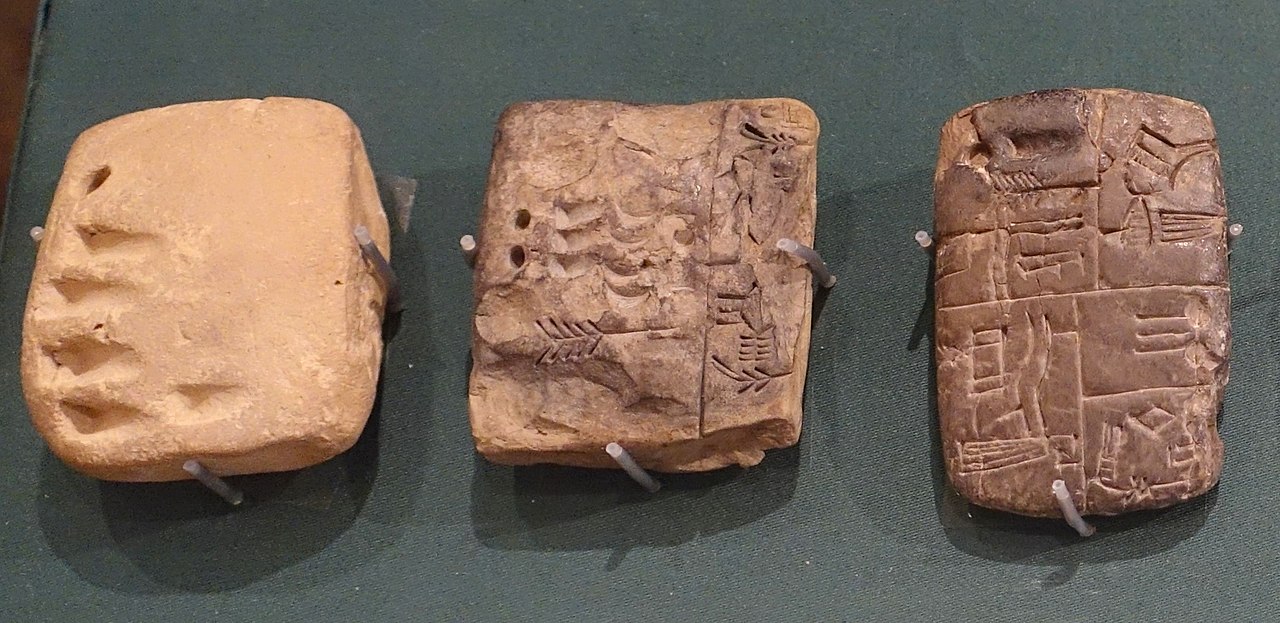
Researchers have long concurred that one of the kunga’s parents is the donkey, Equus africanus asinus, a domesticated subspecies of the ass that is believed to have existed in Mesopotamia since at least the fourth millennium B.C.E. Others suggest the kunga were part anše-edin-na, or “equid of the desert,” a term recorded in tablets that could refer to a number of equid subspecies. The archeologists Juris Zarins and Rick Hauser even entertained the possibility that one parent was a non-donkey horse.
After years of debate, the question surrounding the kunga’s origins may have finally been answered. In January 2022, a group of palaogeneticists from the Institut Jacques Monod in Paris studied the genomes of 4,500-year-old kunga remains recovered at a burial complex in Umm el-Marra, an ancient city in Syria. The kunga DNA was sequenced and compared to other equids to determine its position on the family tree.
The results, published in Science Advances, suggest that the kunga was a kind of hybrid animal, created by crossing domestic donkeys with male hemiones.
Politically and symbolically important hybrids
The burial complex of Umm el-Marra lies about 55 kilometers east of modern-day Aleppo. The expensive and elaborate burial gifts suggest that the men and women buried here were part of Mesopotamia’s most influential families. Alongside the corpses, archaeologists found silver vessels and bronze weapons and ornaments made from lapis lazuli, a semiprecious stone prized for its bright blue color. Also present were the skeletons of 25 male equids. Scanning the bodies for trauma, researchers determined that half died of natural causes.
The other half, it seems, had been “deliberately killed for burial in the complex.” The unique features of the skeletons suggest they might be the very creatures that many sources refer to as kungas. However, such a claim required scientific proof before it could be uttered with any degree of certainty. After all, many Mesopotamian tombs contain equid remains. Classifying these remains has been challenging largely because we aren’t sure how diverse their population was in Mesopotamia during that time period.
“To clarify whether the burials of Tell Umm el-Marra contained the remains of the politically and symbolically important hybrids referred to in numerous cuneiform tablets as kunga,” the researchers compared the genomes of Umm el-Marra’s remains to equid samples recovered from an Early Neolithic site in Göbekli Tepe, as well as samples of the Syrian wild ass that had been conserved in the Natural History Museum of Vienna.
Search for uniparental markers
A preliminary screening revealed that the DNA of the Umm el-Marra had been “extremely poorly preserved” due to Syria’s brutally hot climate. Using a more sensitive screening method, the researchers zoomed in on uniparental markers: bits of DNA that link back to the organism’s maternal and paternal lineages. Wherever data from the remains fell short, their sequences were supplemented with DNA from hemiones and donkeys preserved in museums.
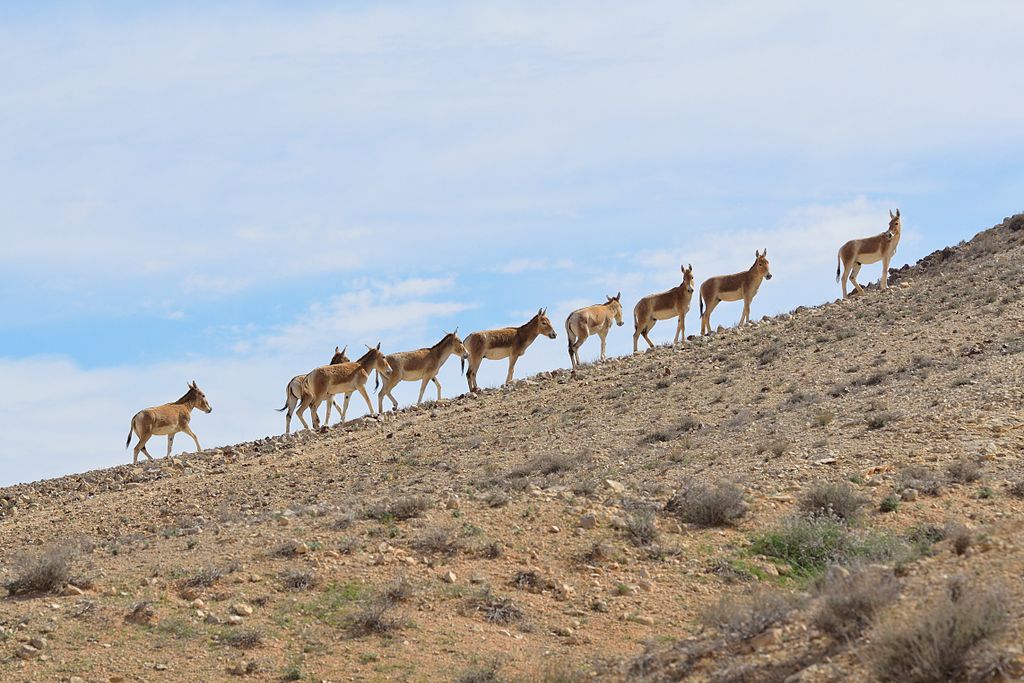
Genetic analysis revealed the kunga was not a distinct subspecies of equid at all, but rather a hybrid animal that was created by crossing a female domestic donkey with a male hemione. This scientific claim corresponds with archeological evidence surrounding the kunga’s history: Due to their mixed genes, kungas are born sterile. This, along with the fact that male hemiones were a wild species, explains the sizable economy behind the kunga’s breeding.
The kunga’s DNA hints at the reason for its popularity: It had the strength and the determination of a wild equid and the cooperative servility of a domesticated one. The kunga, a press release from the Centre National de la Recherche Scientifique declared, was “stronger and faster than donkeys (and much faster than horses) but more controllable than meniones.”
The legacy of the kunga
The kunga’s versatility made the animal extremely useful to humans, serving Mesopotamia as its primary beast of burden for several centuries. Unfortunately, its reign was not to last, and the prevalence of kungas began to dwindle once domestic horses — just as strong and a lot less difficult to reproduce — were introduced in the region.
Being a sterile hybrid animal, the kunga was unable to leave a trace in the world’s evolutionary records. However, while the species itself disappeared from Mesopotamia, cuneiform tablets and mosaics from the region continued to commemorate their existence, shining a light on the remarkable contributions these man-made animals had made to human society.


